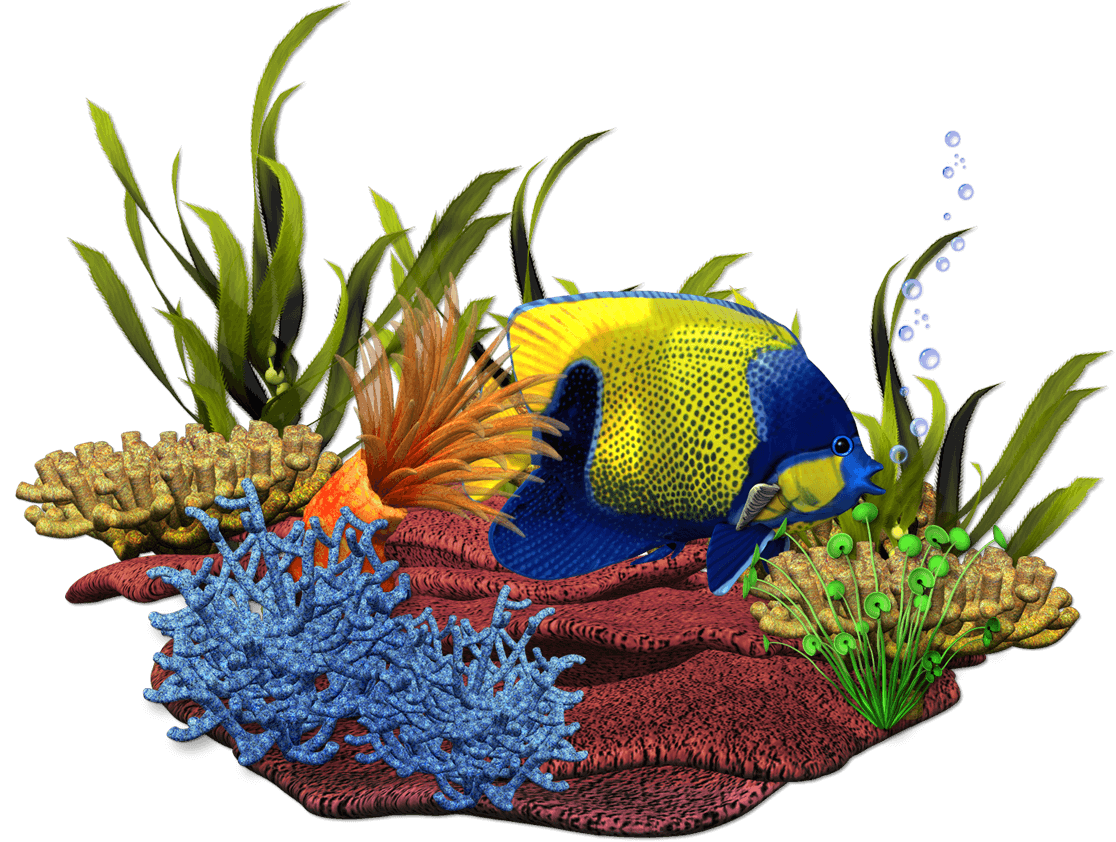Malawi Cichlid for Sale
At Seekerfish.com, we offer a diverse selection of Malawi Cichlid fish for sale, perfect for aquarists looking to add vibrant colors and dynamic behavior to their freshwater aquariums. Malawi Cichlids, native to the crystal-clear waters of Lake Malawi in East Africa, are celebrated for their striking appearance and interactive nature. With hundreds of species exhibiting unique color patterns, Malawi Cichlids are a favorite among aquarium hobbyists worldwide.
What is Malawi Cichlid?
The Malawi Cichlid is part of the larger Cichlid family and is endemic to Lake Malawi, one of the Great Rift Valley lakes in Africa. This lake is home to an unparalleled variety of Cichlid species, making it a hotspot for fish diversity. With their bold colors, distinctive behaviors, and adaptable nature, Malawi Cichlids bring life to any aquarium.
Why Choose Malawi Cichlids for Your Aquarium?
If you’re looking for a species that combines beauty, personality, and challenge, Malawi Cichlids are an excellent choice. Their brilliant colors, ranging from electric blues to vibrant yellows and fiery reds, make them an eye-catching addition to any tank. Beyond their aesthetic appeal, they are known for their unique territorial behaviors, which add an interesting dynamic to aquariums, especially for those who enjoy observing intricate social hierarchies in fish communities.
At Seekerfish.com, we offer two main groups of Malawi Cichlids for sale: Mbuna and Haplochromis (Haps).
Types of Malawi Cichlids
1. Mbuna Cichlids
Mbuna, which means “rockfish” in the local Tonga language, inhabit the rocky shores of Lake Malawi. Known for their brightly colored bodies, Mbuna are highly territorial and prefer aquariums with plenty of rocks and hiding spaces to mimic their natural environment.
- Colors: Mbuna species showcase brilliant shades of blue, yellow, orange, and red.
- Popular Species: Labidochromis caeruleus (Yellow Lab), Melanochromis auratus, and Pseudotropheus demasoni.
- Behavior: They are aggressive and territorial, making them more suitable for experienced aquarists. It’s essential to create well-structured habitats with rocks and caves to minimize conflicts.
2. Haplochromis Cichlids (Haps)
Unlike Mbuna, Haplochromis Cichlids prefer open waters or areas near sandy substrates in Lake Malawi. While less aggressive than Mbuna, Haps can still display aggression during breeding. Haps are excellent swimmers and require large open spaces within the tank to move freely.
- Colors: Haps display vibrant hues, including blue, green, and red, often with striking patterns such as spots or stripes.
- Popular Species: Aulonocara sp. (Peacock Cichlids), Nimbochromis venustus, and Copadichromis borleyi.
- Behavior: Though generally more peaceful than Mbuna, Haps require large tanks with open swimming areas, making them ideal for larger aquariums.
Caring for Malawi Cichlids: Aquarium Setup and Requirements
Malawi Cichlids are not beginner fish, but with the right setup, they can thrive and showcase their beauty in your tank. Here are some essential tips for maintaining healthy Malawi Cichlids:
1. Aquarium Size
To ensure your Malawi Cichlids have enough space to swim and establish territories, we recommend an aquarium of at least 200 liters. Larger tanks reduce aggression by giving fish more room to claim their territories, especially when keeping multiple species together.
2. Water Conditions
Maintaining the right water parameters is critical for the well-being of Malawi Cichlids. Since these fish originate from a lake with alkaline water, your tank should have a pH between 7.8 and 8.6. The temperature should range between 24°C and 28°C to mimic their natural environment.
- Filtration: A powerful filtration system is necessary to keep the water clean and ensure proper oxygenation, as Malawi Cichlids are very active swimmers.
- Water Hardness: The water should also be moderately hard, as soft water can lead to health issues for these species.
3. Diet
Feeding your Malawi Cichlid species correctly is essential to their health and longevity. Their diet varies based on the type of Cichlid:
- Mbuna Diet: These fish are primarily herbivores in the wild, scraping algae off rocks. In the aquarium, they thrive on a fiber-rich diet consisting of high-quality algae-based foods, spirulina flakes, and blanched vegetables.
- Haps Diet: As carnivores, Haplochromis Cichlids prefer a protein-rich diet. In captivity, they can be fed frozen or live foods, such as brine shrimp and small invertebrates.
4. Tank Décor
- Mbuna Tanks: For Mbuna species, recreate their natural rocky habitat by adding plenty of stones, caves, and crevices. This setup allows the fish to stake out their territories and reduces aggression.
- Haps Tanks: Haps prefer a more open setup with fewer rocks and caves, leaving them ample swimming space.
Breeding Malawi Cichlids
Malawi Cichlids are mouthbrooders, meaning females carry the fertilized eggs in their mouths until the fry hatch. This fascinating behavior adds to their appeal for aquarium hobbyists. To encourage breeding, maintain optimal water conditions and provide a high-quality diet.
- Breeding Process: The female typically carries the eggs in her mouth for about 3 weeks, during which time she won’t eat. Once the fry are released, they can be fed finely crushed flakes or small live foods.
Why Buy Malawi Cichlids from Seekerfish.com?
At Seekerfish.com, we understand the needs of serious aquarium enthusiasts. Our Malawi Cichlids are sourced from reputable breeders, ensuring they are healthy, vibrant, and ready to thrive in your home aquarium. Whether you’re looking for a stunning Mbuna Cichlid with intense colors or a peaceful yet colorful Haplochromis, we have the perfect fish for you.

FAQs

Malawi Cichlids are active and territorial fish, requiring a minimum tank size of 200 liters. For larger groups or mixed species, a larger aquarium is recommended to provide enough space and reduce aggression. A bigger tank also helps in replicating their natural environment, especially for Mbuna species that thrive in rocky habitats.
Yes, Malawi Cichlids, especially Mbuna, can be aggressive and territorial. To manage this, provide plenty of hiding spots with rocks and caves, and ensure a large enough tank to reduce competition for space. Keeping similar-sized fish together and avoiding overcrowding can also minimize aggression.
Malawi Cichlids require alkaline water with a pH between 7.8 and 8.6, and a water temperature of 24-28°C. Proper filtration and regular water changes are essential to maintain clean and oxygen-rich water, which promotes their health and natural behavior.
Their diet varies by species:
- Mbuna: Primarily herbivores, they thrive on algae-based foods and high-fiber diets like spirulina flakes and vegetable matter.
- Haps: Carnivorous, they prefer protein-rich foods such as frozen brine shrimp, small invertebrates, and high-quality pellets. Feed them according to their natural diet to ensure proper growth and prevent health issues.
Yes, but it’s crucial to choose tank mates carefully. Ideally, Malawi Cichlids should be housed with other African cichlids of similar size and temperament. Avoid mixing them with smaller or more docile fish, as the cichlids' territorial and aggressive nature can lead to conflicts.

